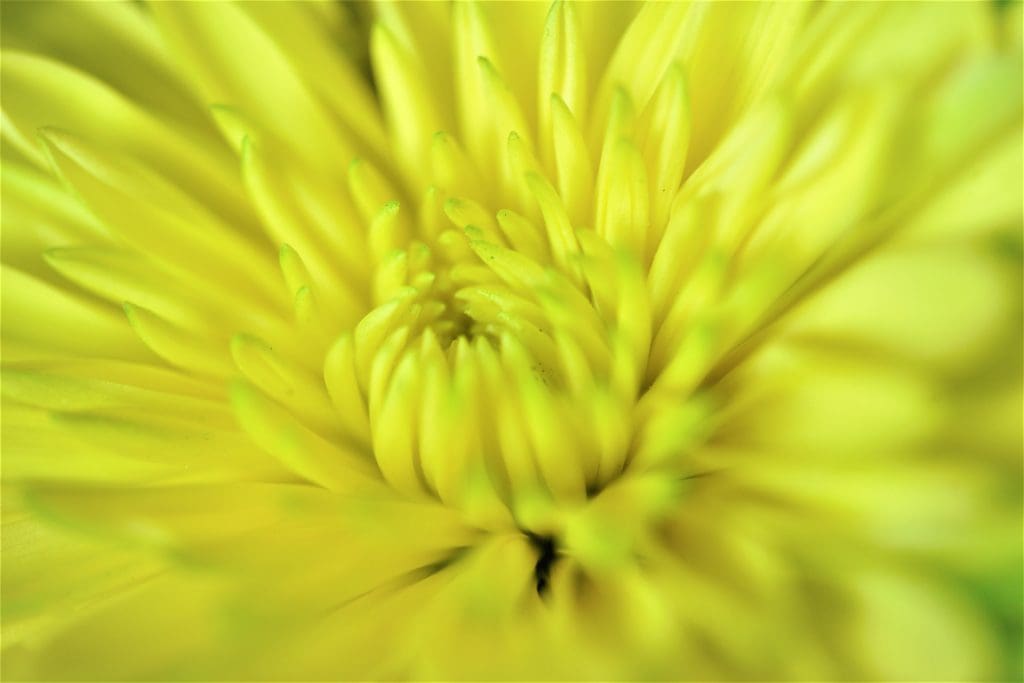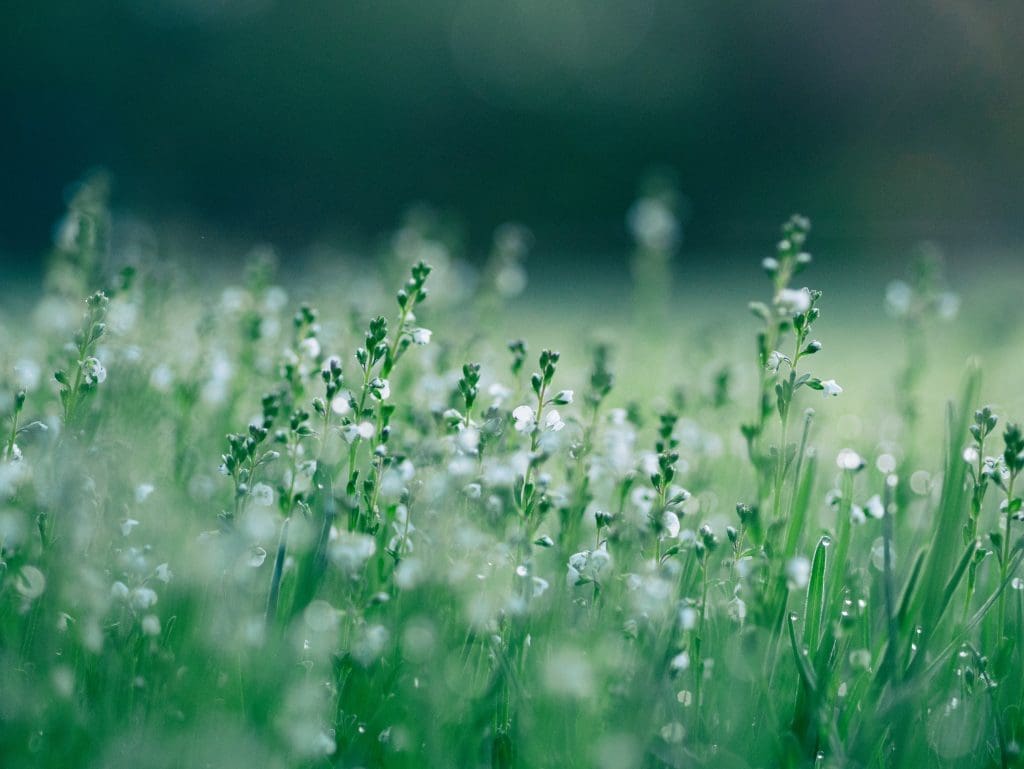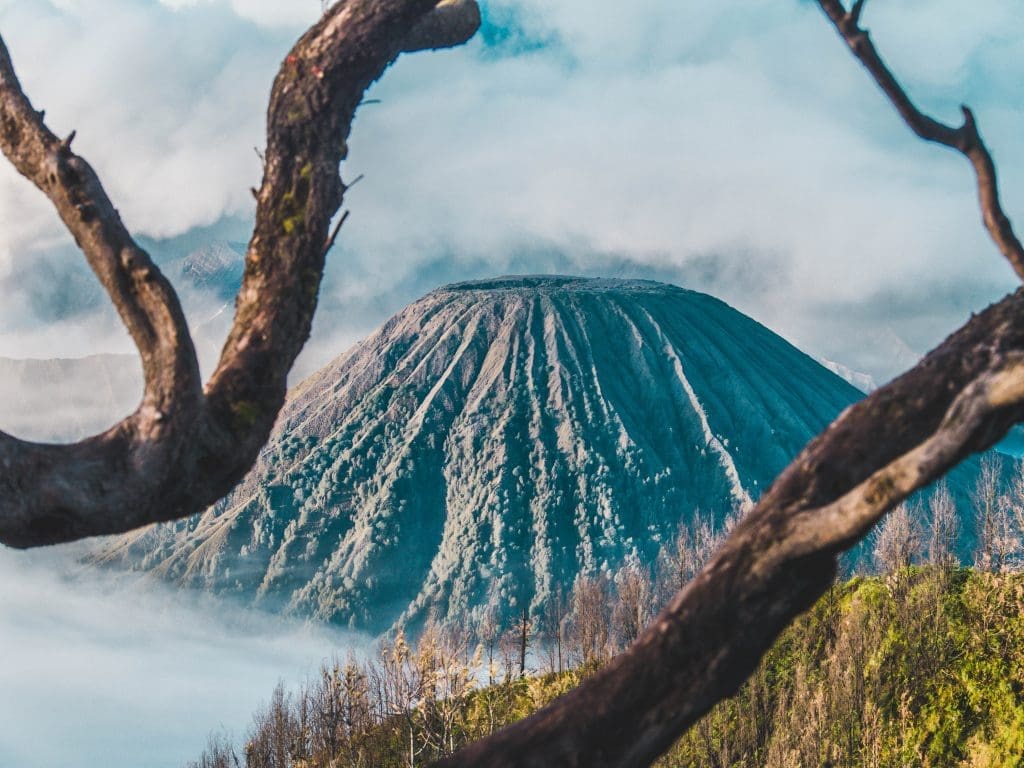Nature is an endless source of subjects for photography, is always available, and has many stories to tell. You have plenty of reasons to choose nature photography. However, it isn’t easy to take pictures in a natural environment where weather conditions can change in a moment, and distracting objects can enter the frame when you least expect it. You can’t control everything as you would do in a photo studio. So how can you make sure your photos will have the right background, one without distractions and complementing the main subject?
Try All Camera Positions Available
While you can’t control the environment, you can control where you place the camera. Try all the possibilities you have at hand, even though it means laying on the ground, climbing rocks, or maintaining the camera in an unusual position.
When you change the shooting angle and camera-subject distance, you automatically change the background. Instead of having a busy, textured background, you can put the sky or the ground behind the main subject. Or you can get very close to the subject and fill the frame with it, leaving no space for the background. It may take some time to find the perfect perspective. Nonetheless, it is worth it.

Photo by Sharon McCutcheon on Unsplash
Use a Shallow Depth of Field
A shallow depth of field will keep only the subject and a small area around it in focus and blur the rest of the frame. It’s the best way to hide a busy background when you can’t (or don’t want to) change the perspective in nature photography.
To achieve a shallow depth of field, you have to set a large aperture, reduce the camera-subject distance, or use telephoto lenses. Make sure the focal point remains in focus and use a tripod to stabilize the camera. Large apertures mean more light entering the lens. Balance the exposure with fast shutter speeds and small ISO values to avoid overexposing your photos.

Photo by Aaron Burden on Unsplash
Find a Natural Frame
A natural frame can hide the background for you. At the same time, it enhances the subject and makes it stand out. You can use anything as a natural frame, from branches and foliage to rocks, fences, or plants. Furthermore, it doesn’t have to be a complete frame. You can find a natural frame covering only two parts of the photograph, as long as it hides the distractions in the background.
Set exposure and focus on the subject. The frame works very well, even when underexposed or blurred. Don’t forget about the rules of composition and always place the subject in the center of the frame. Also, pay attention to geometry and how the natural frame texture and shapes fit your composition.

Photo by Waranont (Joe) on Unsplash
Natural backgrounds are unique features that can add value to your visual stories. They create context, a temporal dimension, and a 3D space that invites the viewer to be part of the story. Yet, they can overpower the subject and distract the viewer from the message you want to convey. Remember to look at all elements that enter the frame. Don’t concentrate only on the subject and forget about the space around it. Decompose the scene into essential components (i.e., shapes, textures, colors, lines, etc.) and then place them into your frame one by one.
Cover Photo by Roberto Nickson on Unsplash

